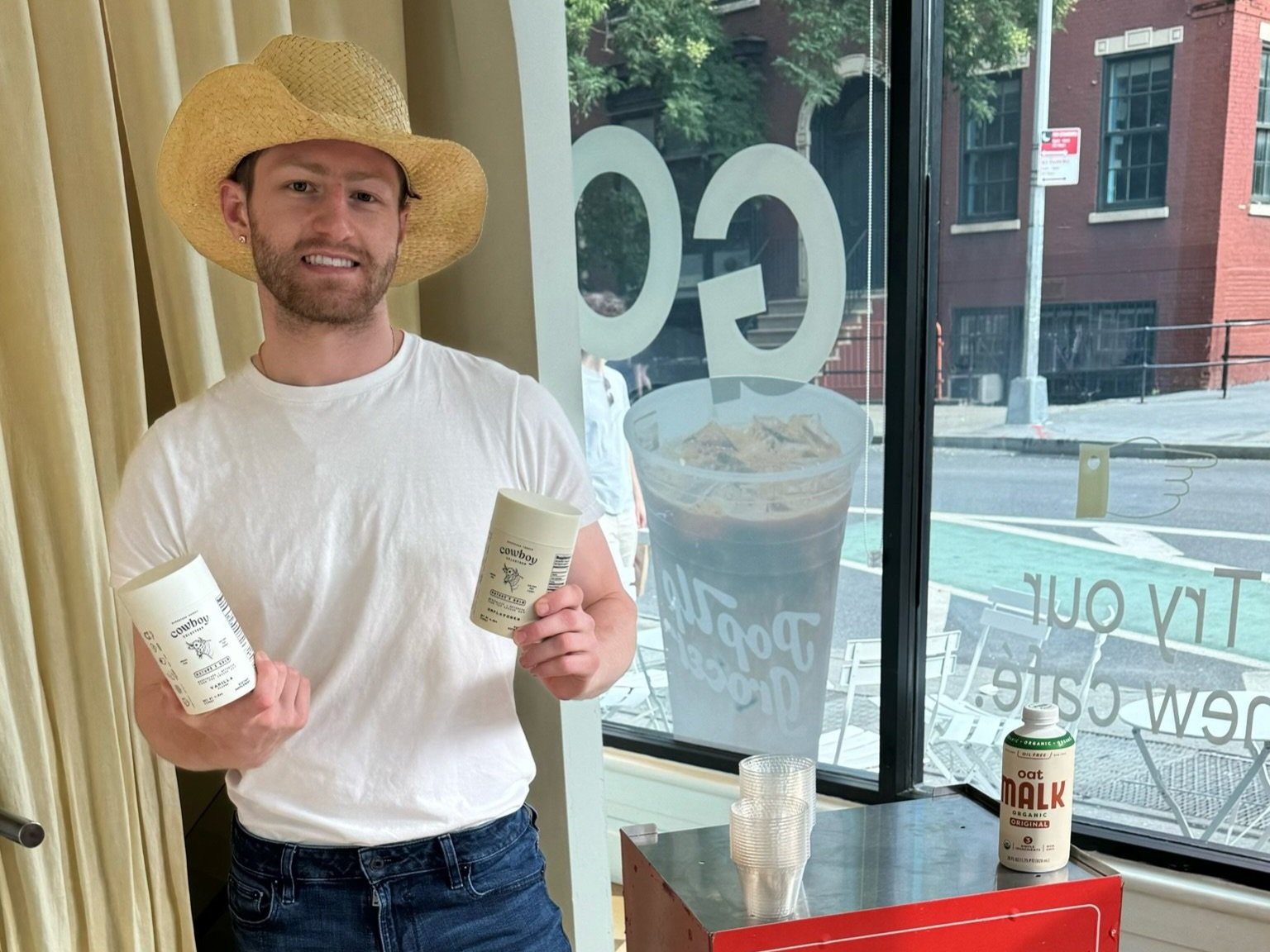Budget Friendly Experiential Marketing Ideas
Experiential marketing is a powerful way to create memorable interactions between your brand and your audience, driving engagement and building loyalty. However, impactful campaigns don’t always need to come with a hefty price tag. Here are some budget-friendly experiential marketing ideas focused on street teams, product demos, samplings, pop-ups, and activations that can help you make a big impression without breaking the bank.
1. Street Teams
What Are Street Teams? Street teams are groups of brand representatives who interact directly with the public. Their mission is to create buzz, distribute promotional materials, engage potential customers, and raise brand awareness. Street teams are often used in high foot traffic environments like Santa Monica Pier, where they can easily reach a large and diverse audience.
How to Implement Street Teams on a Budget:
Interactive Activities: Engage passersby with creative activities that make them stop and interact with your brand. This could include mini-games, quick challenges, or spontaneous giveaways. For example, for a new dating app, we had attractive men hand out roses to women in populated areas, attached the the rose was a note that encouraged women to download the dating app.
Leverage Local Talent: Staffing Agencies that are known for providing street teams ensure that you achieve maximum results for your marketing efforts.
Strategic Locations: Identify key locations where your target audience is likely to be. Consider busy shopping districts, parks, campuses, or local events and festivals. Research the best times and spots for high foot traffic to ensure your street team’s efforts are maximized. For example, deploying a street team outside a popular stadium or convention can be an effective method of achieving results.
Why It Works: Street teams allow for direct engagement, making your brand more approachable and memorable. By creating spontaneous and enjoyable interactions, street teams can generate immediate interest and leave a lasting impression on potential customers.
2. Product Demos
What Are Product Demos? Product demonstrations allow potential customers to experience your product firsthand. Whether it’s tasting a new food item, electronics, or seeing a product in action, demos provide an opportunity to showcase the unique features and benefits of your offering in a tangible way.
How to Implement Product Demos on a Budget:
Pop-Up Stations: Set up temporary demo stations in locations where your target audience naturally congregates, such as busy parks, shopping malls, or community centers. Partner with local businesses to use their space at a lower cost or even for free in exchange for cross promotion. For instance, a smoothie bar at a local gym could be an ideal spot for promoting a new health supplement.
Simple Equipment: Keep your demo setup straightforward but professional. A branded table, pop-up banners, and printed brochures can go a long way. Investing in quality visuals for your banners and tablecloths ensures your demo station looks polished and inviting, even on a budget. Logistically, simple set ups are the way to go to ensure staff members can feasibly fit the equipment in their car.
Staff Training: Your demo staff should be well-versed in your product’s features and benefits. They should be able to engage potential customers, answer questions confidently, and convey your brand’s key messages. Consider creating a training manual or video to ensure consistency in your staff’s presentations.
Why It Works: Product demos provide an interactive way for customers to connect with your product, making them more likely to remember and consider purchasing it. Seeing and trying a product in person often leads to higher conversion rates than just seeing an ad or reading about it online.
3. Sampling
What Is Sampling? Sampling involves giving out free samples of your product to potential customers. It’s an effective way to introduce people to your product, allowing them to experience its benefits firsthand, which can lead to increased sales and brand loyalty.
How to Implement Sampling on a Budget:
Strategic Distribution: Identify locations that align with your target audience’s lifestyle and interests. For instance, if you’re promoting a new energy drink, offering samples at a gym, or health food store would be ideal. The key is to meet potential customers where they are already engaged in activities that complement your product.
Effective Staffing: Hiring the right staff is crucial for a successful sampling campaign. Choose brand ambassadors who are enthusiastic, approachable, and knowledgeable about your product. These staff members should be skilled at engaging with the public, answering questions, and providing a positive brand experience. By carefully selecting a staffing agency, you can ensure that your product is presented in the best possible light, even on a tight budget.
Monitoring and Feedback: To ensure your sampling campaign is as effective as possible, it's important to actively monitor the process and gather feedback. Have your staff observe how people are interacting with the samples and ask for their opinions. This real-time feedback can help you make adjustments on the spot and improve future campaigns. Additionally, collecting data on the number of samples distributed and the conversion rate can help you measure the success of your efforts and refine your strategy over time.
Why It Works: Sampling directly puts your product into the hands of potential customers, which can be more persuasive than any advertisement. It allows customers to experience your product without the commitment of a purchase, often leading to future sales.
Conclusion
Budget-friendly experiential marketing is all about leveraging creativity, local partnerships, and strategic planning. By focusing on street teams, product demos, and samplings, you can create impactful brand experiences that drive engagement and build loyalty without overspending. These experiential efforts often yield a higher return on investment compared to digital campaigns, offering a more tangible and lasting impact on brand awareness. The face-to-face interactions and memorable experiences that come from these strategies can lead to stronger brand recall and customer loyalty. With thoughtful execution and a clear strategy, you can achieve impressive results and maximize your marketing efforts within a budget.




